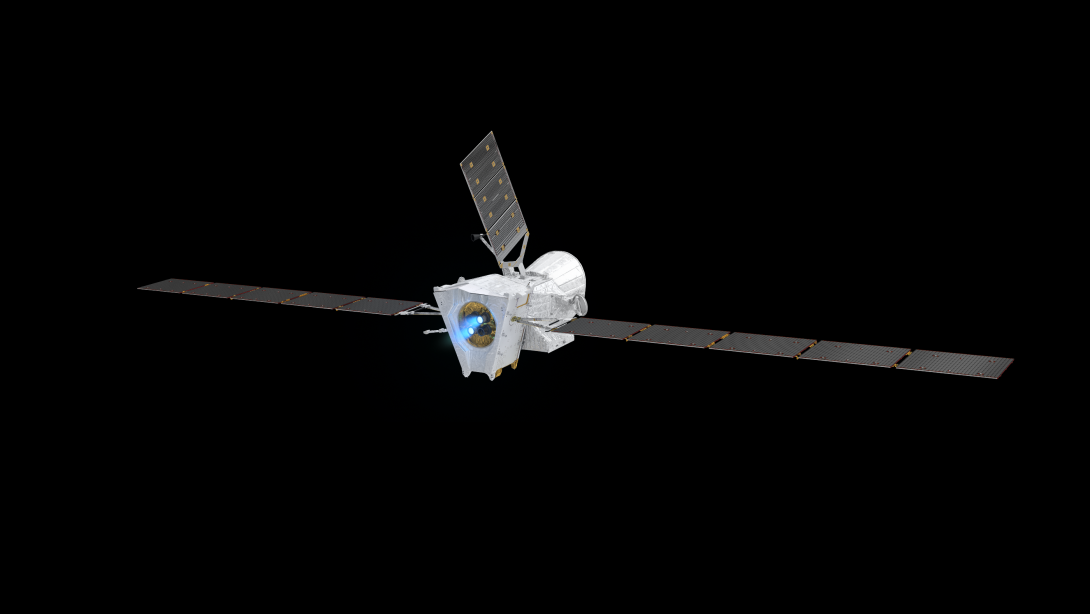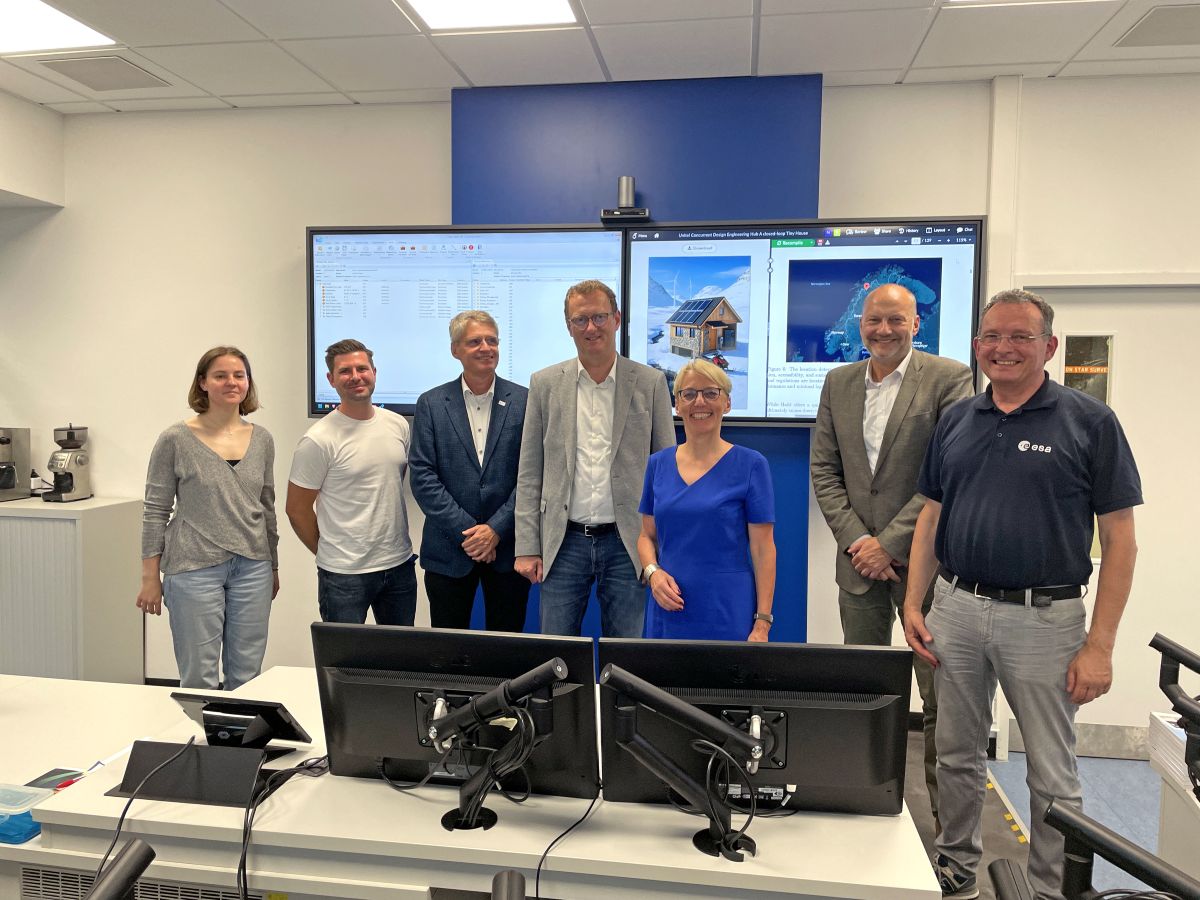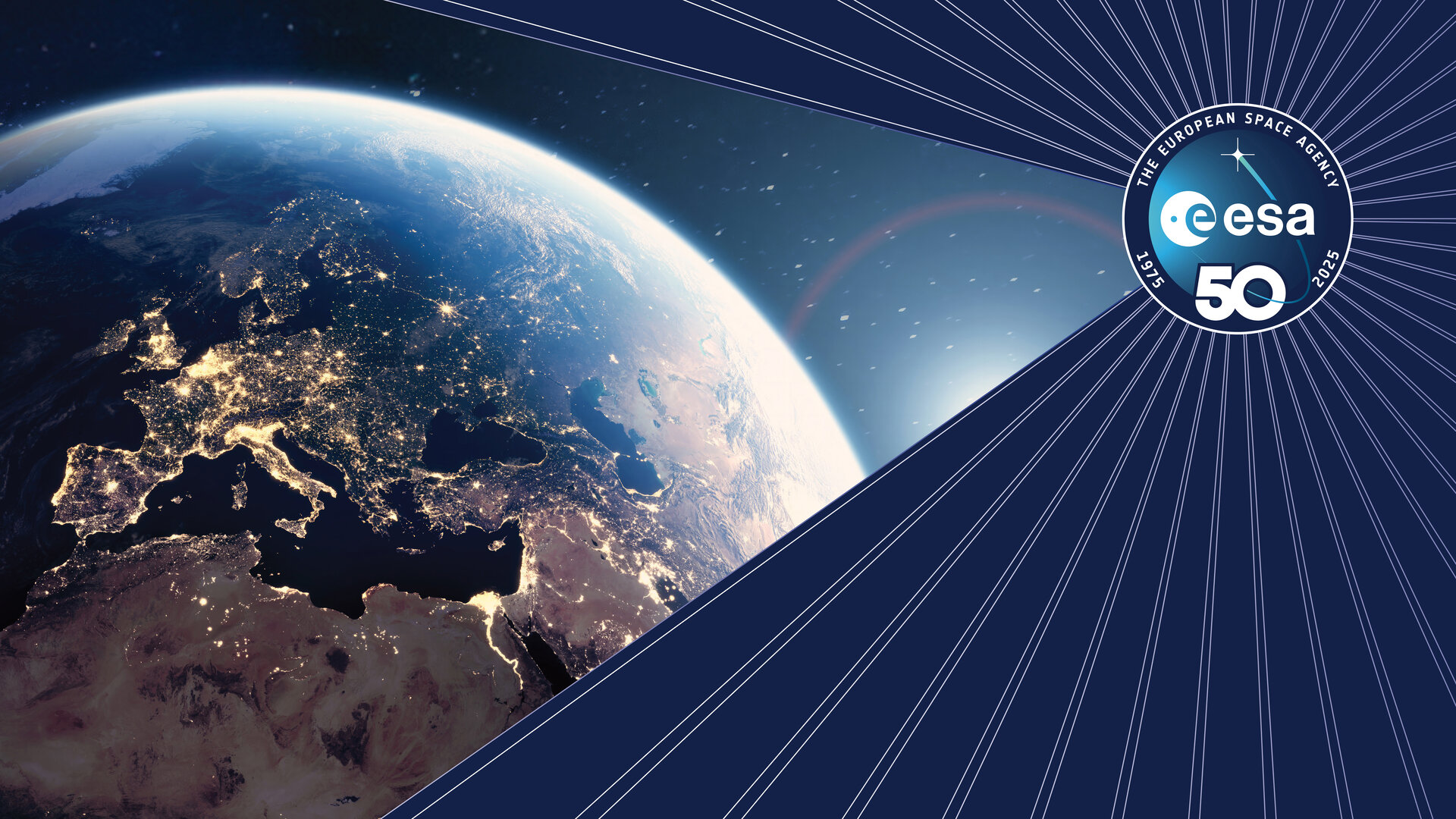Powerful generic mission planning software for Europe
The Mission Planning System (MPS) is a fundamental component of all spacecraft missions. Its task is to balance the needs of spacecraft users, with the constraints and resources of the spacecraft and its ground segment.
Due to the diverse needs and constraints of different missions, the development of a generic, flexible and powerful MPS that could be used by multiple missions was long thought unfeasible.
But ESA’s European Space Operations Centre (ESOC) has done just that. Its generic Mission Planning System – EGOS-MPS – is available to all missions flown at ESOC. The software will reduce the cost of developing and operating new missions and will be made available for licensing by users from the European space industry and academia.
The Mission Planning System
Imagine scientists want to carry out observations of a crater on Mars tomorrow, but yesterday’s observations produced so much data that the spacecraft’s onboard memory is full, and the next window to offload data back to Earth is not for a few days.
Or imagine two instruments need to carry out observations of a rare phenomenon tomorrow, but the spacecraft has just spent time with its solar panels angled away from the Sun, and there isn’t enough onboard power to run them both.
To avoid these situations, the Mission Planning System balances the needs of spacecraft users with the constraints of the mission well in advance of an activity.
The software takes the user needs – payload activities, spacecraft manoeuvres, windows for offloading data to ground stations on Earth – as inputs, combines them, checks for consistency and detects potential conflicts.
It then generates output products that allow for the creation of a list of timed commands to carry out these activities as well as products for use by auxiliary systems and mission partners.
The need for a shared MPS
A new MPS system is traditionally designed for each new mission, as different missions can have very different constraints and auxiliary system interfaces, and receive inputs from different external partners such as instrument science teams and other space agencies.
But these systems take considerable time, effort and money to develop. A generic MPS framework that could be customised to the needs of each new mission would speed up mission development, reduce costs, and help operators such as ESOC scale up the number of missions they fly without scaling up the costs of their operations proportionally.
Data Systems teams at ESOC first began to experiment with reusable or shared MPS with the Rosetta and BepiColombo missions. The required MPS functionalities for both missions differed slightly, but were similar overall, so shared software was designed from the beginning to support both missions.
Re-use by additional missions required fine-tuning of the software to meet their respective needs and constraints, such as values for onboard battery capacity and data transmission rate to Earth, and different input and output file templates and product types.
Over the years, the project team expanded the scope of this shared MPS. First, they added functionalities required by other Solar System Exploration missions. Then they began to address the requirements of Astronomy and Fundamental Physics missions. Finally, they tackled the very different needs of Earth Observation missions.

Benefits of shared software at ESA
The result is a powerful and flexible shared MPS, known as EGOS-MPS, that is available to all current and future missions flown at ESOC.
Mission teams simply decide which functionalities they need and which constraints their mission planning software should consider. They then input the values of their constraints into high-level, readable configuration files. EGOS-MPS can then be deployed for their mission.
In addition to time and cost savings, generic and customisable software solutions like EGOS-MPS also relieve the software maintenance burden on Flight Control Teams.
A central team maintains and updates the shared software tools. Flight Control Teams don’t have to worry about performing local work in the context of their individual mission as operating system upgrades, software bug fixes and many other functions are performed centrally.
Benefits to European space industry
EGOS-MPS will soon be mature enough for its operation and maintenance to be handed over to ESA’s industrial partners. The ESA team will continue to focus on its development and evolution.
The next step is to make EGOS-MPS available for licensing by users in ESA Member States that need to speed up mission development, streamline mission operations and reduce costs.
More information on ESA operational software available for licensing can be found here. EGOS-MPS will be added to this page when it becomes available.
EGOS-MPS is part of the wider EGOS family of projects. The EGOS projects concern the implementation of the next generation European Ground System Common Core (EGS-CC) at ESA.
EGS-CC is developed by ESA, national European space agencies and partners from the European space industry. It will serve as a shared standard for European mission operations infrastructure in the future and is based on the development and use of generic and customisable software tools for a wide range of operational activities.



